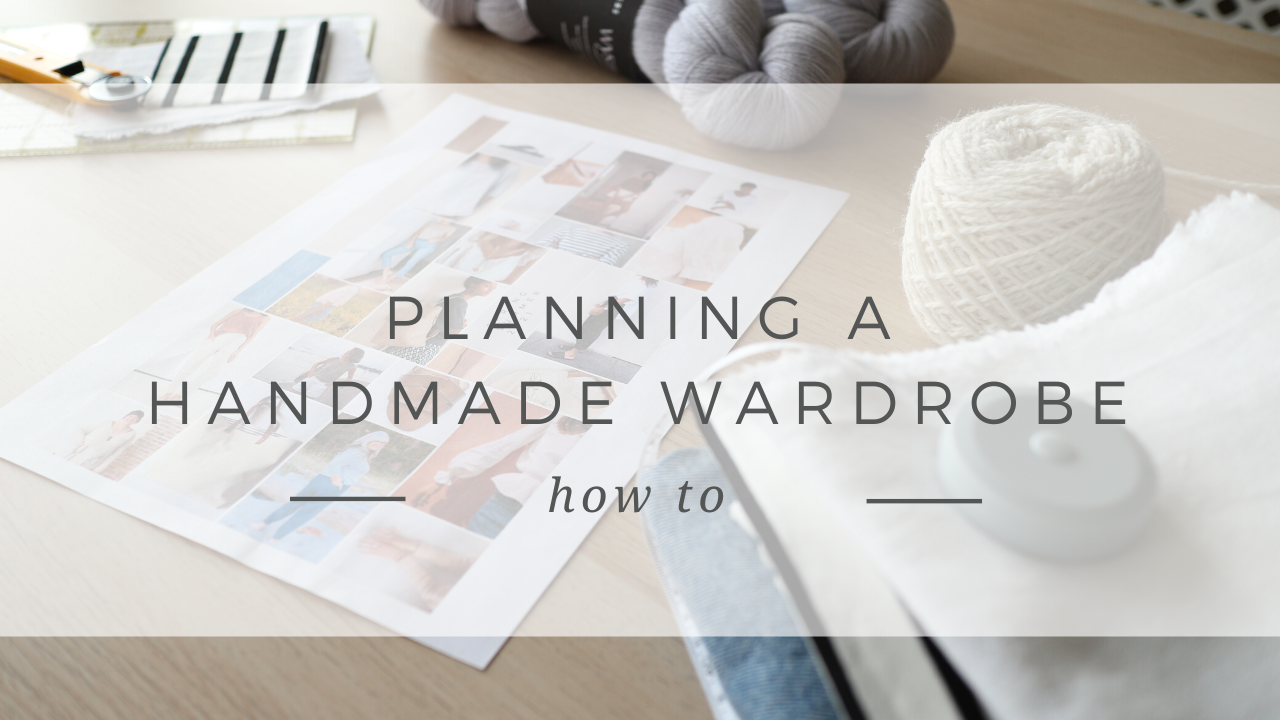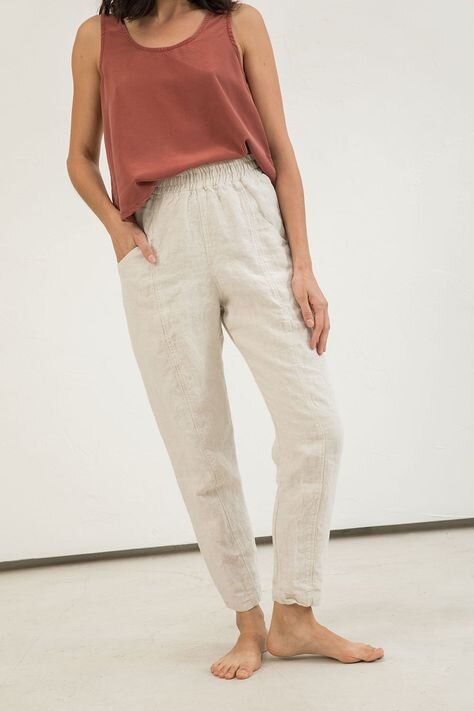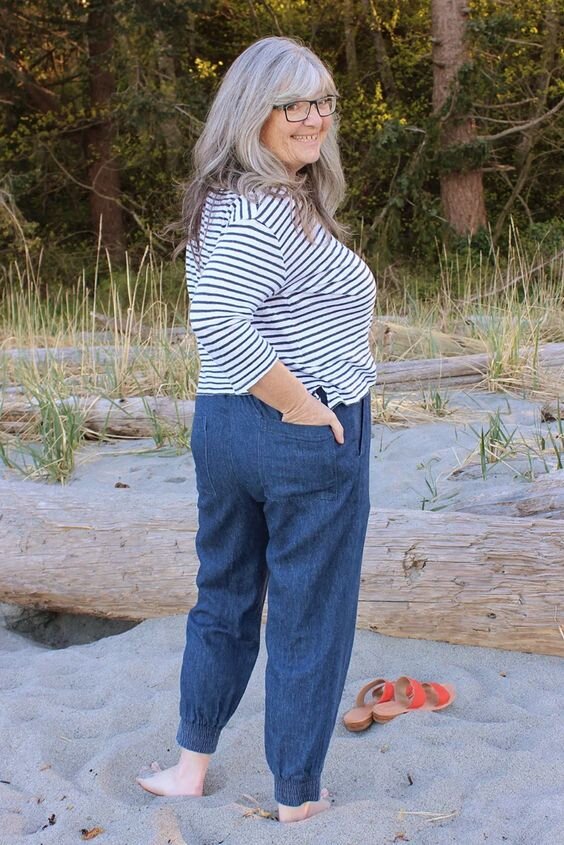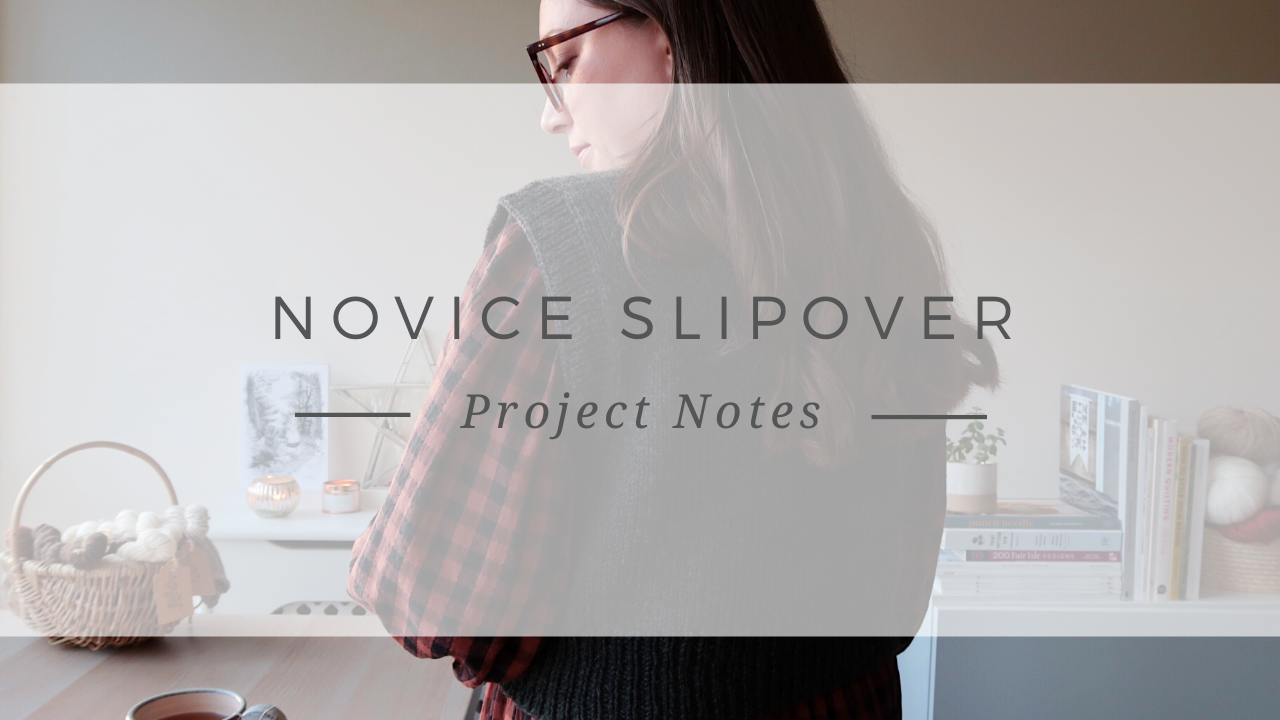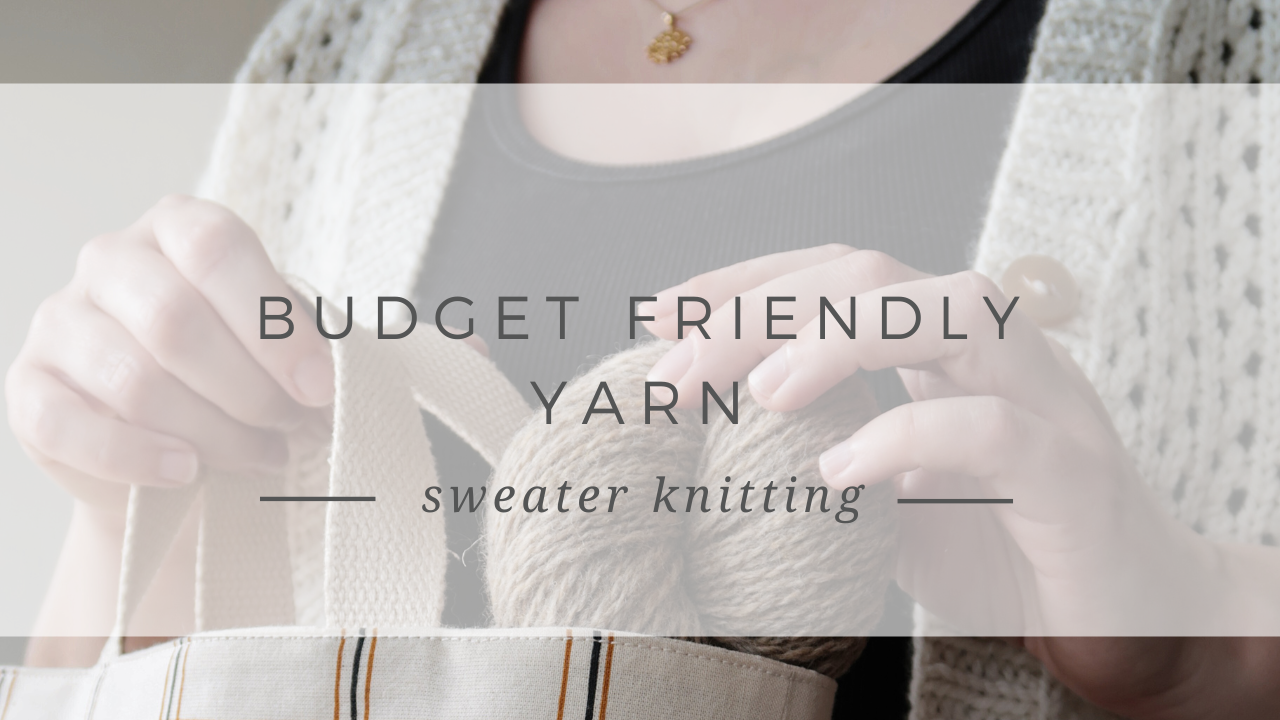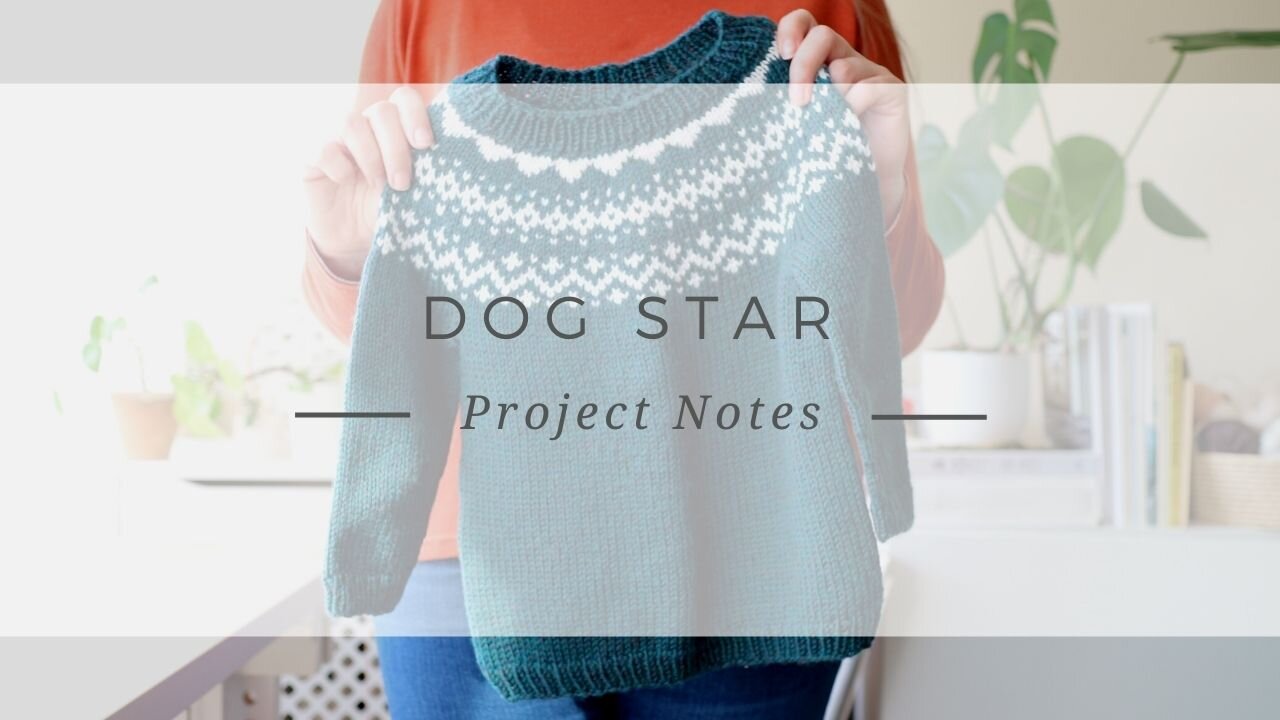Planning a Handmade Wardrobe
I’ve had so many fails since I started making my own clothes, but each one has helped me better understand how to create a handmade wardrobe of garments I actually wear and love. It’s all in the planning!
I’m going to share how I decide what to make each season and I’ll summarise at the end with 5 steps you can follow, to build and curate your own handmade wardrobe each season.
For me, a successful handmade wardrobe is made up of pieces that can be worn together to create outfits that work for my lifestyle. When I started looking at which shop bought pieces I wore most often, and began replacing those with handmade alternatives, my handmade wardrobe really grew and started to work for me. I embraced sewing with stretch fabrics and knitted sweaters in colours that were really wearable.
Current Wardrobe
I try everything in my wardrobe on to see what fits, what needs mending and if there’s anything that should be retired. I take note of the things I’m excited to wear and the things that don’t make me feel good anymore. I analyse the fit, fabric, colour and style to see why something does or doesn’t work. Then I can take what I’ve learnt into the planning stage.
Planning for the season ahead
Every season I look for holes in my wardrobe that could be filled, what’s new in the shops that I could recreate and if there are any new trends that would fit my style.
I start a new Pinterest board and Pin anything I like without giving too much thought at this stage. It just has to fit the season and be a look I love. Then I see if there are any common themes. Usually I’ll start to see a particular colour palette I’ve been drawn to and garments of a similar style.
For example, I pinned several linen trousers, all with an elasticated waist, pockets and a tapered leg that was more fitted at the ankle
Mood board
I start editing my Pins down until I’m left with a selection of outfits that include garments similar to those I own, that fill a hole in my wardrobe or add something fresh.
I like to save all my favourite Pins and create a mood board in Canva that I can print. I find it really inspiring and motivating to have a physical copy somewhere I can look at often, and if I was going to a yarn or fabric store I’d take it with me.
In this mood board I already have the white shorts and striped long sleeve tees. The linen trousers fill a hole in my wardrobe for a trouser that’s not a jean or a sweat pant, and the light spring appropriate sweaters are something I’m missing too. The white blouses are something new that will update my wardrobe for the season and I can mix with the basics I already have.
Now here’s the important bit! If a garment in my closet doesn’t fit with this plan but I still love it, I’m going to wear it. This isn’t about scraping what you’ve got and starting from scratch each season. Having a plan is about making smart choices going forward so you’re always building a wardrobe of considered, wearable pieces.
When I feel myself getting swept up in the excitement around a new pattern launch or yarn update I can see if it fits with my mood board and check it really is in keeping with my style.
Make a list
Next I trawl the internet for patterns, yarn and fabrics that I can use to recreate the looks on my mood board. Having a plan means I can budget for projects and set aside time to work on them. Knitting is more easy to work on at odd intervals, but sewing takes space and time. I don’t rush to make a whole new wardrobe, I break projects down into small steps. If I’m sewing, one day I’ll print and tape the pattern together, another I’ll cut the fabric and so on. I want to enjoy the process.
Try not to cut corners
I know it’s tempting to skip this but an important step to creating a wardrobe full of wearable garments is to swatch and make a toile or muslin to make sure the finished pieces fit properly. I spend quite a bit of time choosing my size and selecting the right yarn or fabric so I have a better chance of success and a well fitting garment.
So, how can you apply this to creating your own spring wardrobe?
Try on everything you own that’s seasonally appropriate and see where the holes are in your wardrobe. Note which are your most worn and loved items. What makes these pieces work so well compared to other less worn garments? Is it the fabric, fit, colour or style?
Create a mood board of outfits you love that include favourite pieces you already own, garments your wardrobe is missing and a couple of new styles you think will update your wardrobe this season.
Choose one outfit from your mood board to recreate. Find a pattern and gather your materials.
Before you cast-on or start cutting into your new fabric make a swatch or toile so you can be sure of the fit before you start.
And finally, you’re ready to start your first make of the season! Take your time and enjoy the process.
I aim for quality over quantity when it comes to building my handmade wardrobe so I work on pieces slowly and purchase fabrics and yarn thoughtfully. The goal isn’t to make everything on my mood board this year it’s just a guide and a source of inspiration when I feel like starting a new project.
Subscribe to my YouTube channel now, and you can follow along each month to see the projects I’m working on to build my handmade wardrobe.

